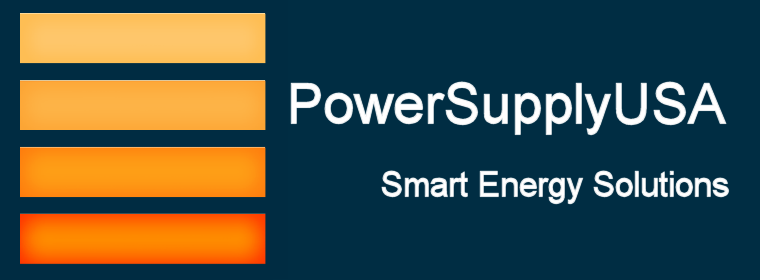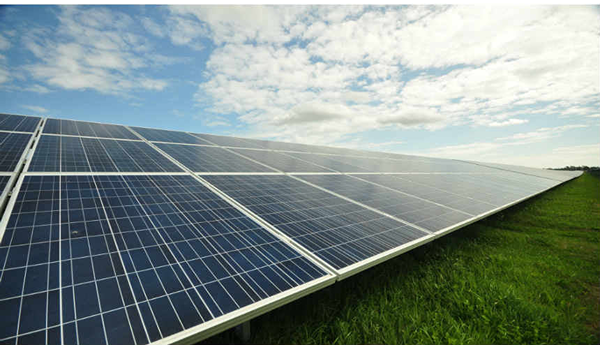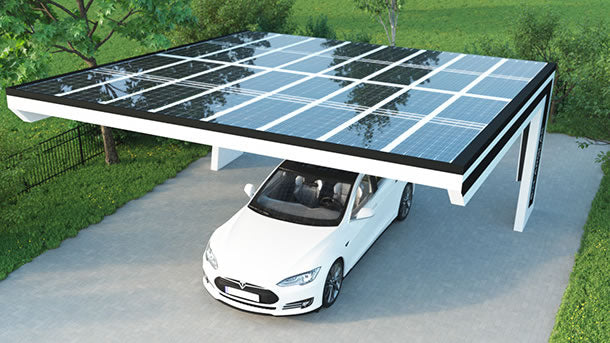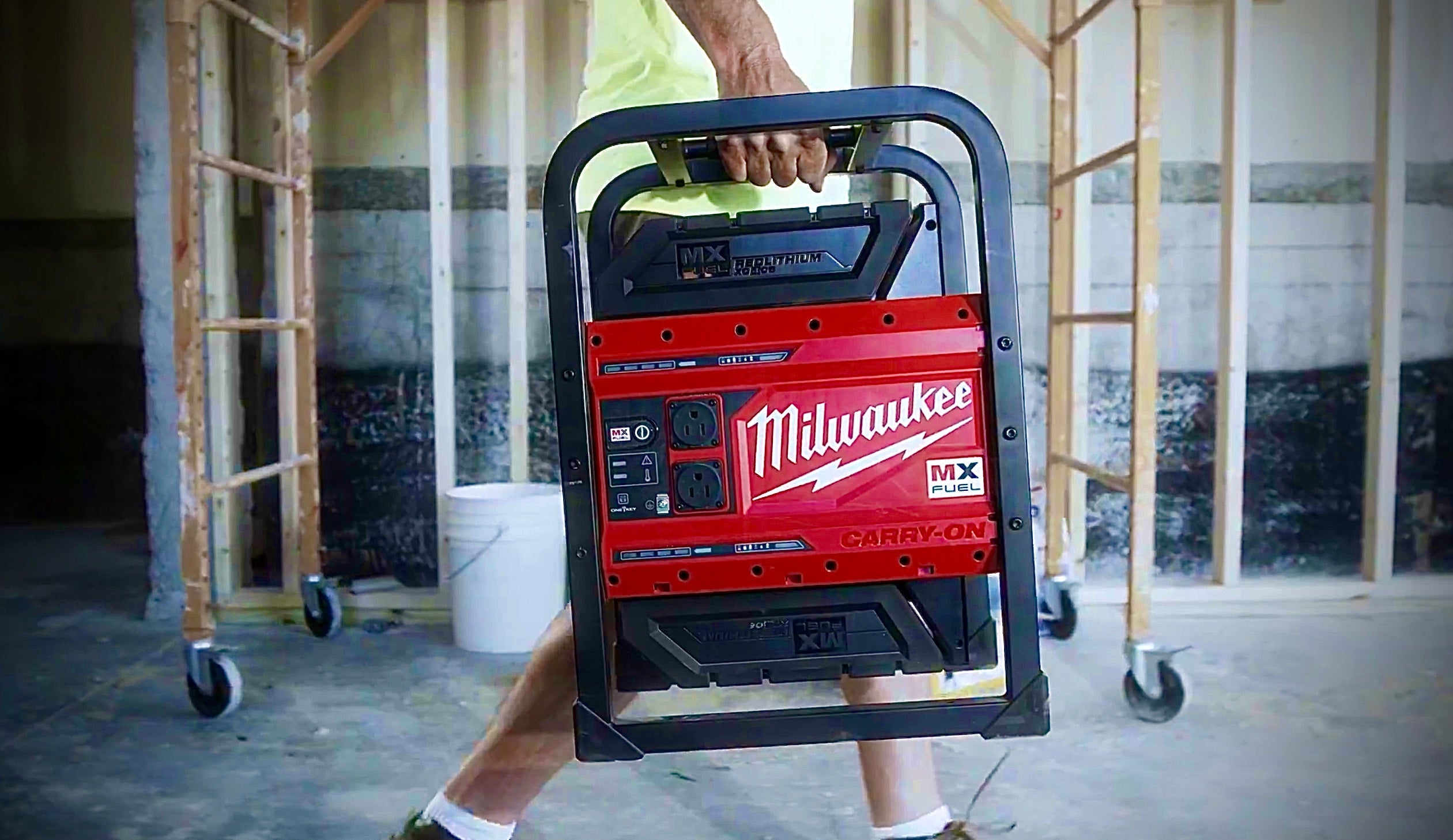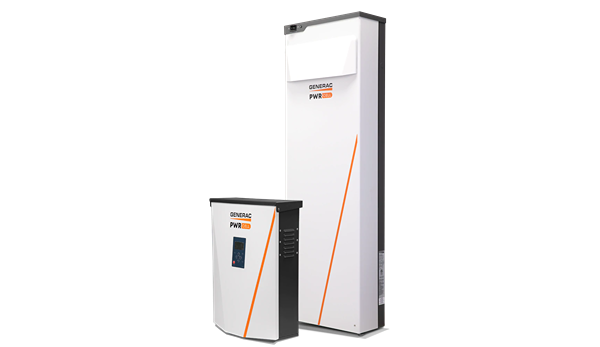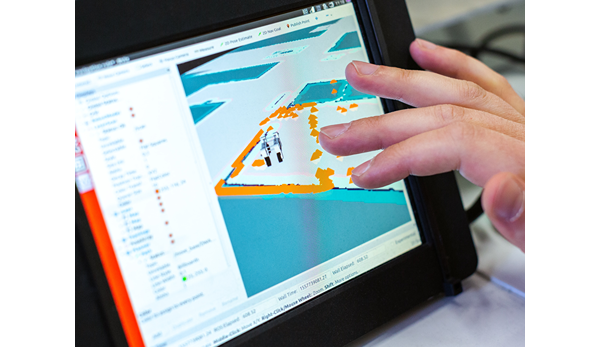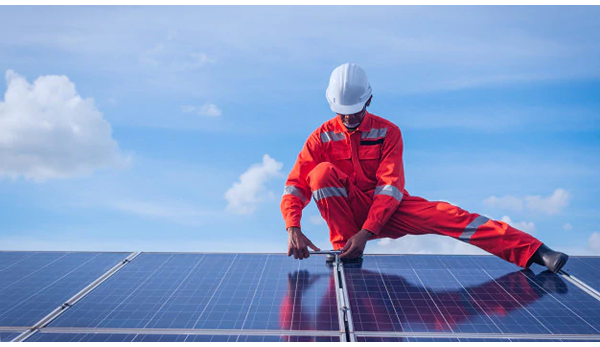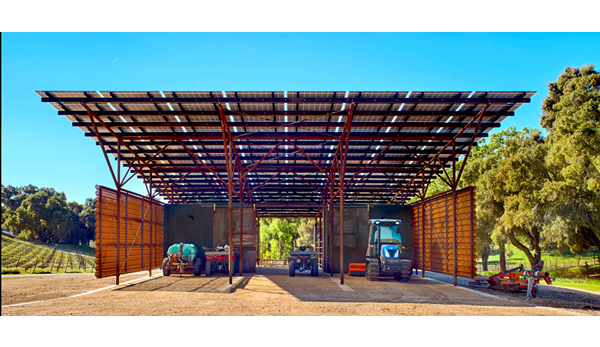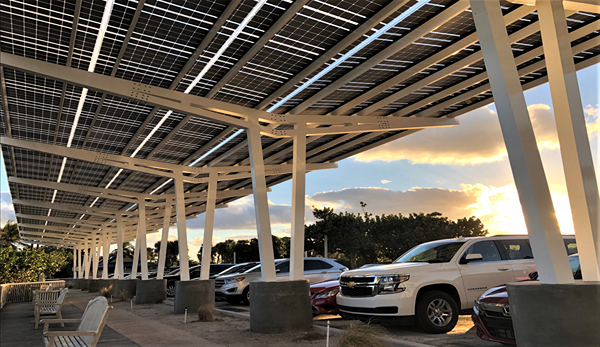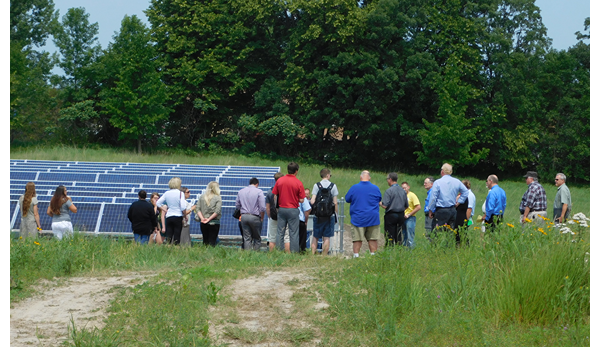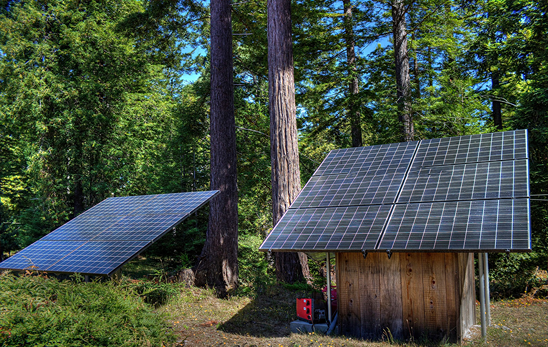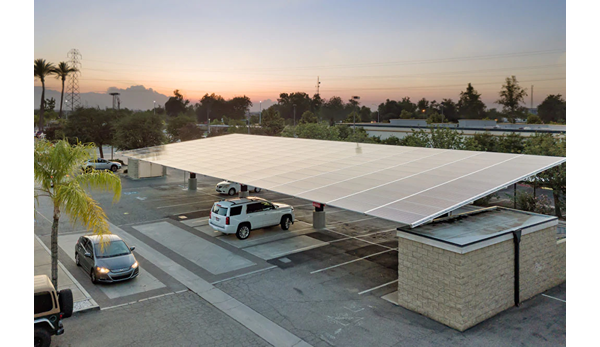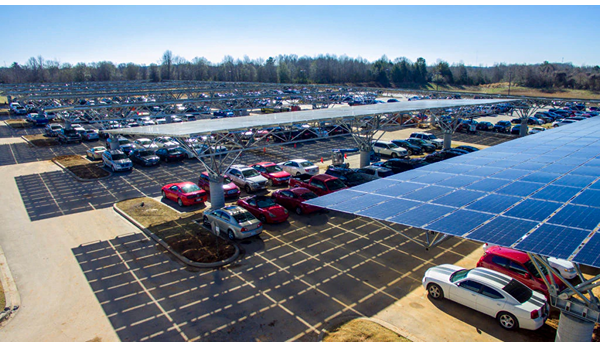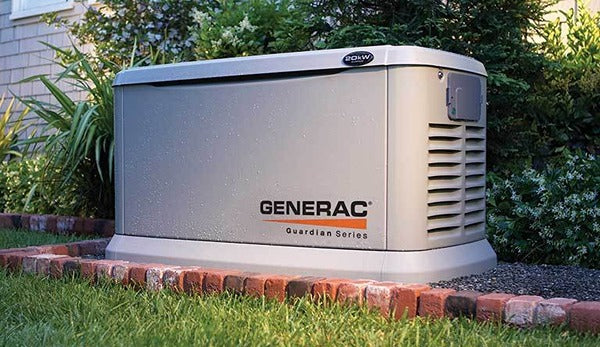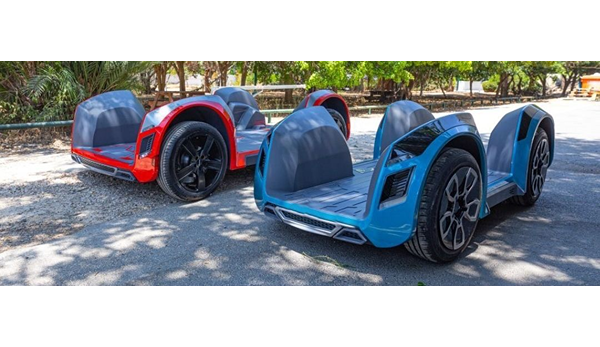
Types of Solar Panels: On the Market and in the Lab
Solar energy is a renewable and environmentally friendly energy source that is becoming increasingly popular. It harnesses the energy from the sun and converts it into electricity using solar panels. These panels come in different types, each with unique features and advantages. This article will provide an overview of the different types of solar panels available on the market and in the lab, their benefits, and their drawbacks.
Traditional Solar Panels
Monocrystalline Solar Panels
Monocrystalline solar panels are made from high-purity silicon, and they have a distinctive black color. They are manufactured by cutting a single crystal of silicon into wafers. These wafers are then joined together to form the solar cells. Monocrystalline solar panels have a higher efficiency rate than other types of solar panels, making them the most efficient solar panel type available. However, they are also the most expensive.
Polycrystalline Solar Panels
Polycrystalline solar panels are made by melting several silicon crystals together to form a block. They are then cut into wafers and assembled into solar cells. Polycrystalline solar panels are less expensive than monocrystalline panels, but they also have a lower efficiency rate. They are also less efficient in hot weather conditions.
Thin Film Solar Panels
Thin film solar panels are made using a thin layer of photovoltaic material, which can be deposited on a flexible or rigid substrate. Thin film solar panels are less expensive than monocrystalline and polycrystalline panels, but they also have a lower efficiency rate. They are suitable for use in low-light conditions and can be used for curved or irregular surfaces.
Advanced Solar Panels
Bifacial Solar Panels
Bifacial solar panels have solar cells on both sides of the panel, allowing them to capture sunlight from both sides. This increases their efficiency rate compared to traditional solar panels. They are more expensive than traditional solar panels but can be useful in certain situations, such as in shaded areas.
Perovskite Solar Panels
Perovskite solar panels are an emerging technology that uses a mixture of organic and inorganic materials. They have a high efficiency rate and can be manufactured at a lower cost than traditional solar panels. However, they are not as durable and long-lasting as traditional solar panels.
Perovskite solar panels are the latest development in solar technology. Perovskite is a mineral that has recently been discovered to be an excellent material for creating solar cells. The mineral has a crystal structure that allows it to absorb light and convert it into electricity more efficiently than traditional solar panels.
The process of creating perovskite solar panels is relatively simple, making them cheaper to produce than traditional solar panels. However, the technology is still experimental, and there are concerns about the longevity of the panels and their ability to withstand extreme weather conditions.
Advantages:
• Higher efficiency than traditional solar panels.
• Lower cost of materials.
• Easy to manufacture.
Disadvantages:
• Experimental technology.
• Short lifespan compared to traditional solar panels.
• Susceptible to environmental degradation.
Concentrated Photovoltaic (CPV) Solar Panels
CPV solar panels use lenses or mirrors to focus sunlight onto a small area of solar cells. This method of concentrating sunlight onto a small area increases the amount of electricity generated by each solar cell, making the CPV solar panels more efficient than traditional solar panels and reduces the amount of material needed. However, they are more expensive than traditional solar panels and require precise tracking of the sun's movement throughout the day, making them more expensive to install and maintain than traditional solar panels.
Advantages:
• High efficiency rate.
• Less space required compared to traditional solar panels.
Disadvantages:
• Expensive to install and maintain.
• Require precise tracking of the sun's movement.
Experimental Solar Panels
Experimental solar panels are in the early stages of development, and they are not yet available on the market. These panels are still in the testing phase and are not yet suitable for commercial use. However, they offer exciting possibilities for the future of solar energy.
Dye-Sensitized Solar Panels
Dye-sensitized solar panels use a dye-coated semiconductor material to absorb sunlight. They are flexible and can be made in different colors. They are less expensive to manufacture than traditional solar panels, and have a higher efficiency rate than thin film solar panels. However, they are less durable than traditional solar panels and have a shorter lifespan.
Dye-sensitized solar panels (DSSCs) are a newer technology that uses photosensitive dyes to absorb sunlight and generate electricity. The dyes are coated onto a semiconductor material, typically titanium dioxide, which acts as the electrode. The advantages of DSSCs are that they are relatively low cost to manufacture, and they can be made into flexible, transparent, and lightweight panels that are suitable for a wide range of applications.
However, DSSCs also have some disadvantages. They tend to have lower efficiencies than traditional solar panels, with most commercial DSSCs achieving around 10-15% efficiency. They also have some stability issues, as the dyes can degrade over time and with exposure to light, which can reduce the overall lifespan of the panel.
Advantages:
• Lower cost of materials.
• Higher efficiency rate than thin film solar panels.
Disadvantages:
• Less durable than traditional solar panels.
• Short lifespan.
Organic Solar Panels
Organic solar panels, or organic photovoltaics (OPVs), use organic materials, such as polymers or small molecules, to generate electricity from sunlight. OPVs have some unique advantages over traditional solar panels, such as their ability to be produced using low-cost printing techniques on flexible substrates. This makes them suitable for a wide range of applications, including building-integrated photovoltaics (BIPV), where solar panels are integrated into the design of a building.
Organic solar panels use a carbon-based conductive polymer to absorb sunlight. They are flexible, lightweight, and can be made in different colors. However, they have a lower efficiency rate than traditional solar panels and are less durable.
These panels are less expensive to produce than traditional solar panels and have a higher efficiency rate than dye-sensitized solar panels. However, they have a shorter lifespan than traditional solar panels.
How They Are Made
Organic solar panels are made by depositing thin layers of organic materials onto a substrate. The organic materials are typically dissolved in a solvent and then coated onto the substrate using a process called spin-coating. Once the layers are deposited, the solar cell is completed by adding metal electrodes to the top and bottom of the layers.
The main disadvantage of OPVs is their lower efficiency compared to traditional solar panels, with most commercial OPVs achieving around 10-15% efficiency. OPVs also have some stability issues, as the organic materials can degrade over time, reducing the overall lifespan of the panel.
Advantages:
The main advantage of organic solar panels is their low cost and flexibility. They are also lightweight and can be made in various sizes and shapes.
• Lower cost of materials.
• Higher efficiency rate than dye-sensitized solar panels.
Disadvantages:
They have a lower efficiency rate than traditional solar panels, and their lifespan is shorter. They are also more susceptible to degradation from exposure to sunlight and moisture.
• Short lifespan compared to traditional solar panels.
• Susceptible to environmental degradation.
Quantum Dot Solar Panels
Quantum dot solar panels use semiconductor nanocrystals, or quantum dots, to absorb and convert sunlight into electricity. Quantum dots are tiny particles that are smaller than the wavelength of light, and they have unique optical and electronic properties. Quantum dots have unique properties that make them attractive for use in solar panels, such as their ability to absorb a wider range of wavelengths of light than traditional semiconductors. This means that quantum dot solar panels have the potential for higher efficiencies than traditional solar panels.
They have a high efficiency rate and can be manufactured at a lower cost than perovskite solar panels or traditional solar panels. However, quantum dot solar panels are still in the experimental stage, and there are many challenges that need to be overcome before they can be used commercially. For example, the stability of the quantum dots over time and their resistance to degradation are still major issues that need to be addressed. They are still in the experimental stage and have not yet been commercialized.
How They Are Made
Quantum dot solar panels are made by coating a substrate with a layer of quantum dots. When light hits the quantum dots, they excite the electrons, which generate an electric current. The substrate is then coated with metal electrodes to collect the electric current.
Advantages and Disadvantages:
The main advantage of quantum dot solar panels is their high efficiency rate, which is currently around 14% but research is ongoing to improve this rate.. They are also lightweight and can be made in various sizes and shapes.
They are still in the experimental stage, and there is limited knowledge on their long-term durability and stability.
Advantages:
• Higher efficiency rate than traditional solar panels.
• Less expensive to produce than perovskite solar panels.
Disadvantages:
• Short lifespan compared to traditional solar panels.
• Susceptible to environmental degradation.
Emerging Solar Panel Technologies
Tandem Solar Panels
Tandem solar panels are a type of advanced solar panel that combines multiple layers of semiconductors to improve efficiency. They are made by stacking multiple layers of solar cells on top of each other to capture more sunlight. Each layer is optimized to absorb a specific wavelength of the solar spectrum, making the tandem solar panels more efficient than traditional solar panels. They can be made using different combinations of semiconductors, such as silicon and perovskite, to achieve efficiencies of up to 40%.
How They Are Made
Tandem solar panels are made by stacking multiple layers of photovoltaic cells on top of each other allowing for more efficient use of sunlight. The layers are then connected with a transparent conductive layer.
Efficiency Rate:
The efficiency rate of tandem solar panels can be up to 35%, making them one of the most efficient solar panel technologies available.
These panels are expensive to produce and require precise manufacturing techniques. Tandem solar panels are still in the experimental stage but have the potential to to revolutionize the solar industry by significantly increasing the efficiency of solar panels.
Advantages and Disadvantages:
The main advantage of tandem solar panels is their high efficiency rate, which can be up to 35%. They are also lightweight and can be made in various sizes and shapes. However, they are more expensive to manufacture than traditional solar panels, and their lifespan is shorter.
Advantages:
• Higher efficiency rate than traditional solar panels.
• Can be made using different types of solar cells.
Disadvantages:
• Expensive to produce.
• Require precise manufacturing
Hybrid Solar Panels
Hybrid solar panels are a new type of solar panel that combines traditional solar panels with other technologies, such as thermoelectric materials or water filtration systems. They can include both traditional and advanced solar panel technologies, such as monocrystalline and thin film solar cells. By combining these technologies, hybrid solar panels can achieve a higher efficiency rate than traditional solar panels while also being more cost-effective.
Hybrid solar panels have the potential to provide not only electricity but also other services, such as clean water, which could be particularly useful in remote or rural areas.
Advantages: Hybrid solar panels can offer a balance between efficiency and affordability, making them a good choice for residential and commercial applications. They can also be designed to be more durable and longer-lasting than traditional solar panels.
Disadvantages: Hybrid solar panels can be more complex to manufacture than traditional solar panels, which can increase their cost. They may also require more maintenance and upkeep than other types of solar panels.
How They Are Made
Hybrid solar panels are made by combining different solar cell technologies or combining solar cell technologies with other renewable energy technologies. The different technologies are then connected to generate more electricity.
Solar Skin
Solar skin is a relatively new technology that allows solar panels to blend in with their surroundings, making them more aesthetically pleasing and less obtrusive. Solar skin uses thin, flexible solar panels that are designed to be integrated into building materials such as shingles, tiles, and window panes. Solar skin is a thin film that is applied to the surface of the solar panel, which can be customized to match the color and pattern of the surrounding area. This allows for a seamless and visually appealing installation that can blend in with the building's design.
Advantages: Solar skin can increase the aesthetic appeal of a building while also generating solar energy. It can also be a more discreet way to install solar panels in residential areas where traditional solar panels may not be allowed.
Disadvantages: Solar skin is still a new technology, and its efficiency rate is currently lower than that of traditional solar panels. It may also be more expensive to install than other types of solar panels due to its unique design.
Factors to Consider When Choosing a Solar Panel
When choosing a solar panel, it is important to consider several factors to ensure that you get the best possible value for your investment. Here are some important factors to keep in mind:
Efficiency: Efficiency is a measure of how much energy a solar panel can produce from a given amount of sunlight. Look for solar panels with a high efficiency rate to get the most energy out of your investment.
Cost: Solar panels can be a significant investment, so it's important to consider the cost of the panels themselves as well as the cost of installation and maintenance.
Durability: Solar panels are designed to last for many years, so it's important to choose a panel that can withstand harsh weather conditions and extreme temperatures.
Aesthetic appearance: If you are concerned about the visual impact of solar panels on your property, consider solar skin or other types of solar panels that are designed to blend in with your building's design.
Installation Requirements: Different types of solar panels may have different installation requirements, so it's important to consider the installation process when choosing a solar panel.
Warranty and Maintenance: Make sure to choose a solar panel that comes with a warranty and a maintenance plan to ensure that your investment is protected.
Conclusion
Solar panels are a promising technology that can provide clean, renewable energy for years to come. Solar panels are an important investment in the future of energy production. There are a wide variety of solar panels available, ranging from traditional monocrystalline and polycrystalline panels to experimental technologies like perovskite and quantum dot panels. When choosing a solar panel, it is important to consider factors such as efficiency, cost, durability, aesthetic appearance, installation requirements, and warranty and maintenance.
By carefully weighing these factors, you can choose the right solar panel for your needs and help reduce your carbon footprint for years to come.


